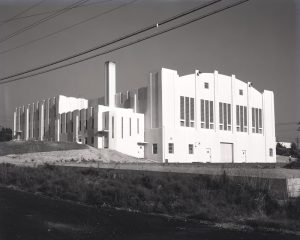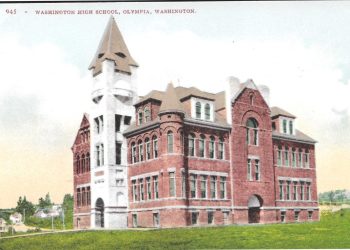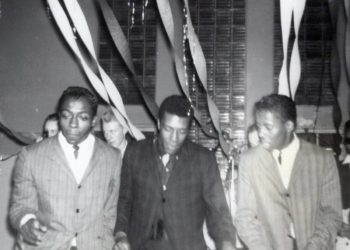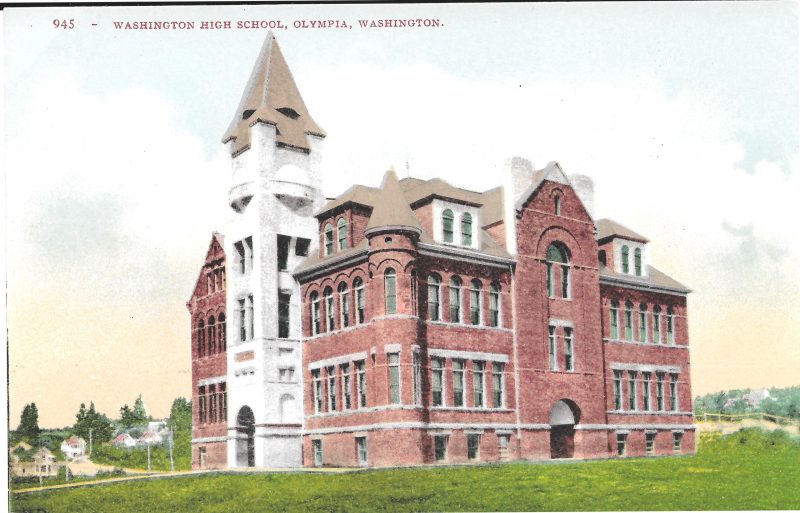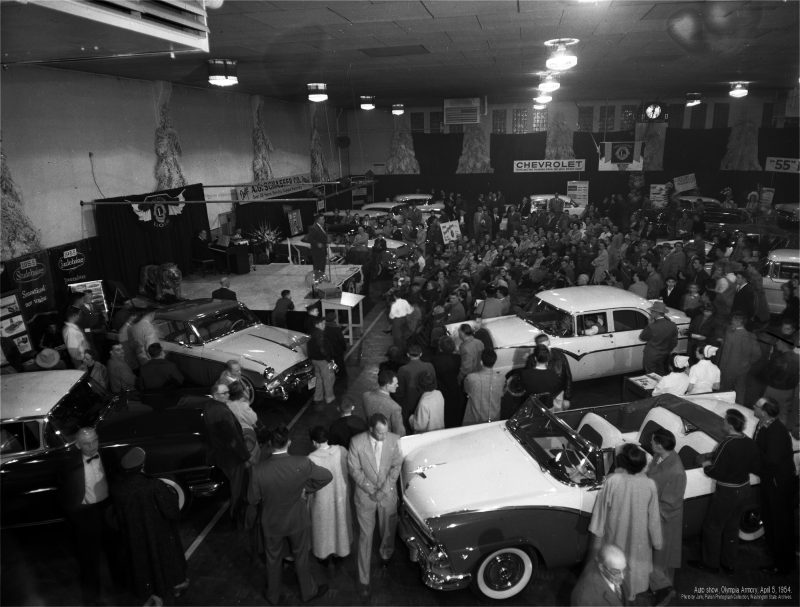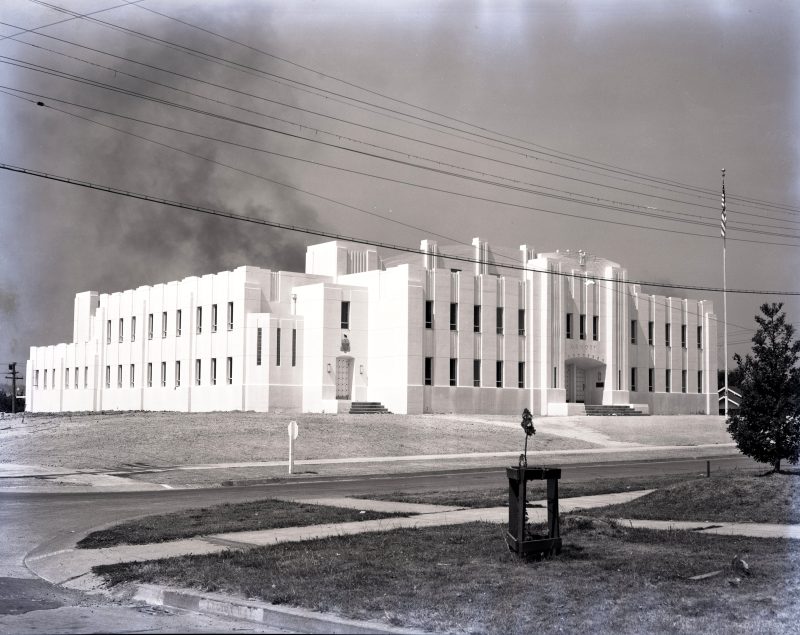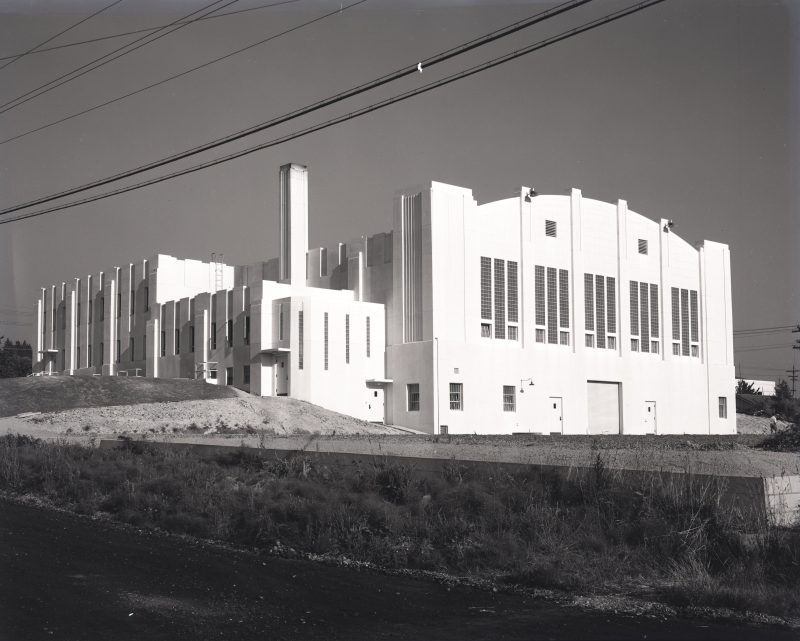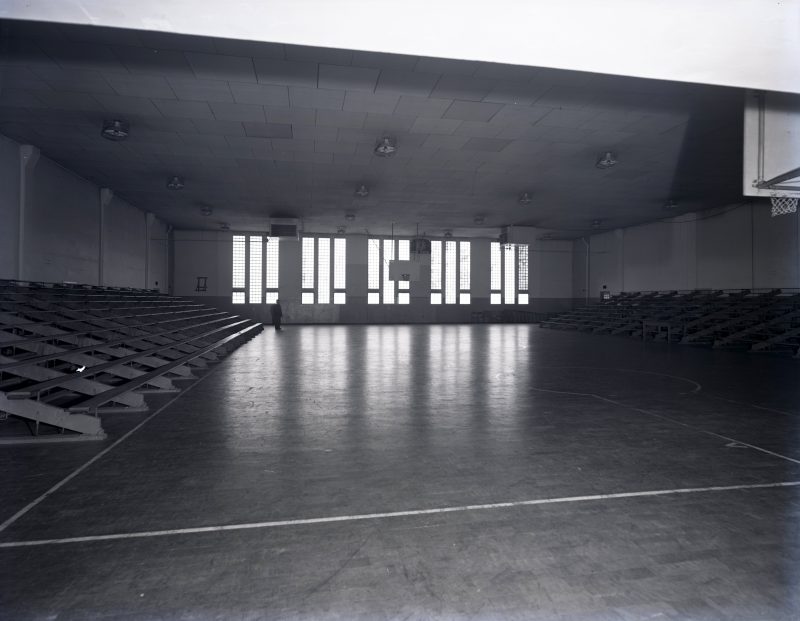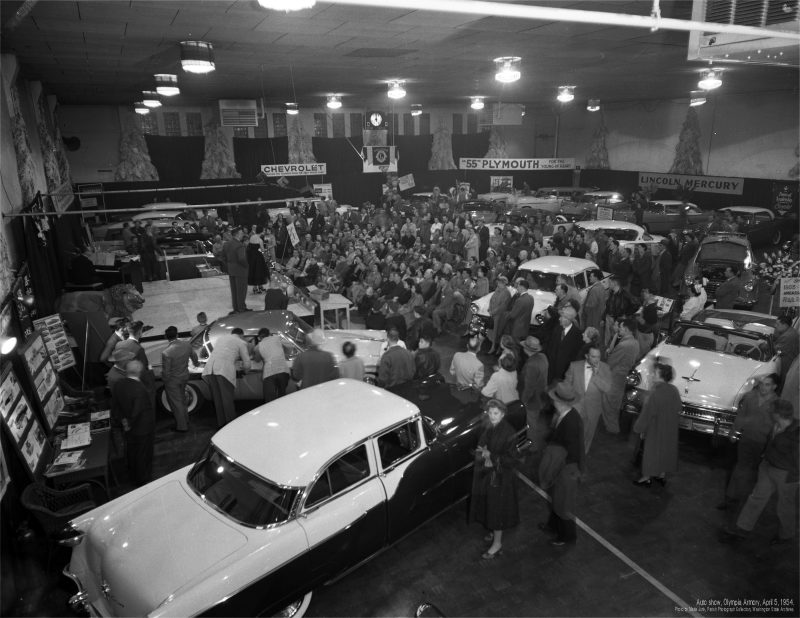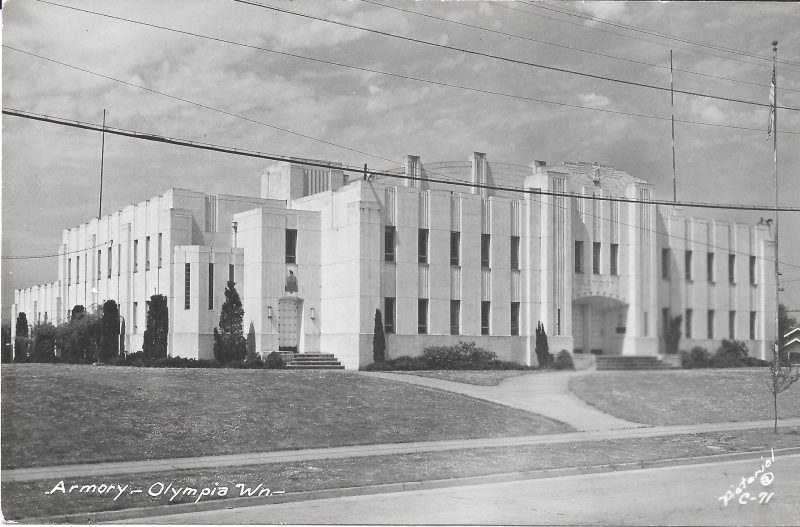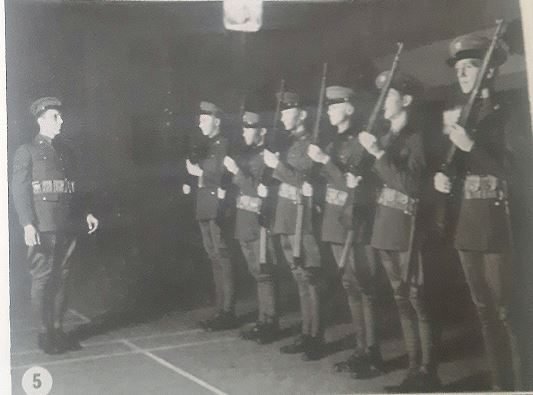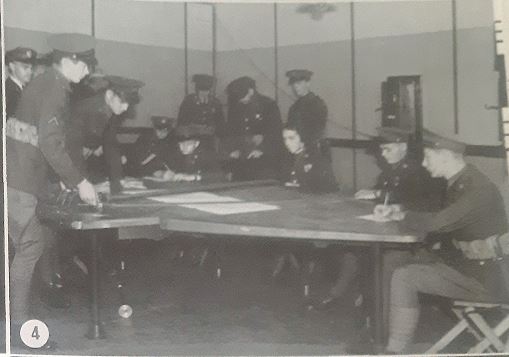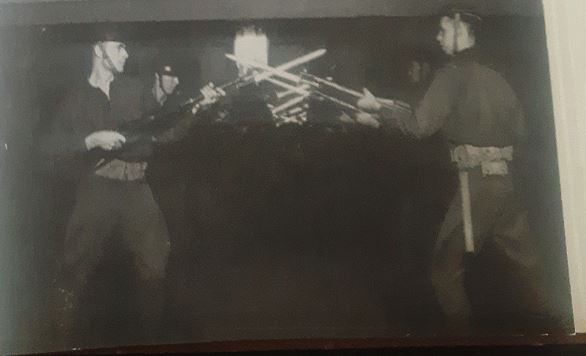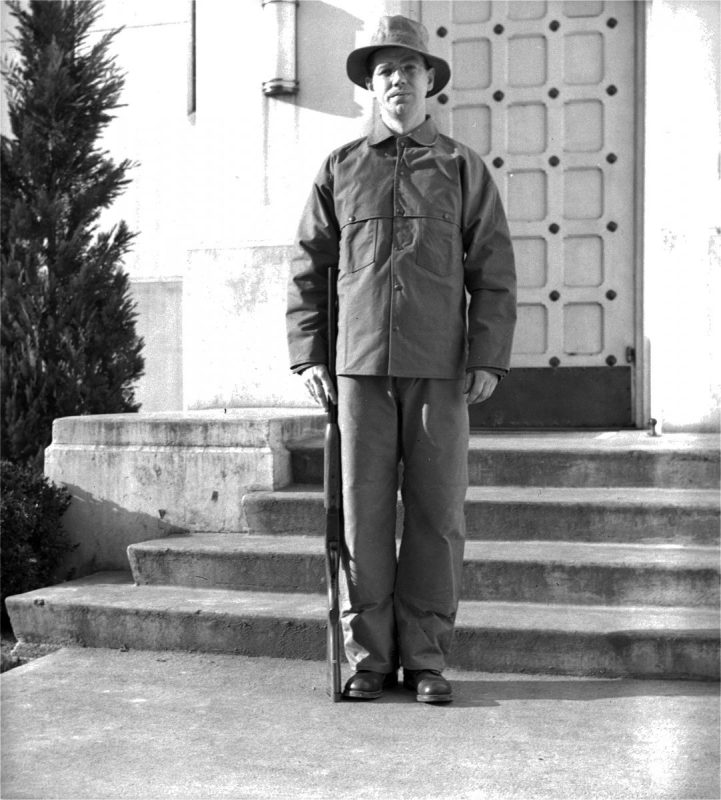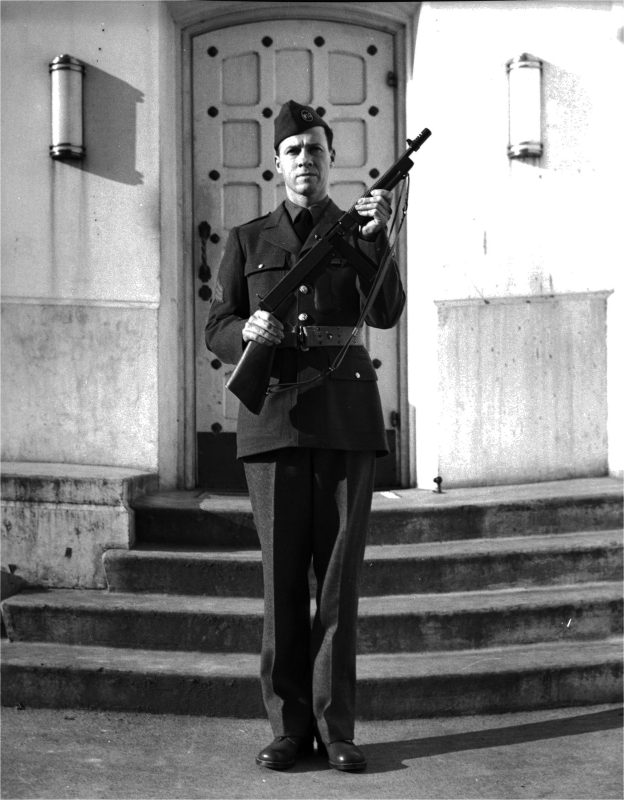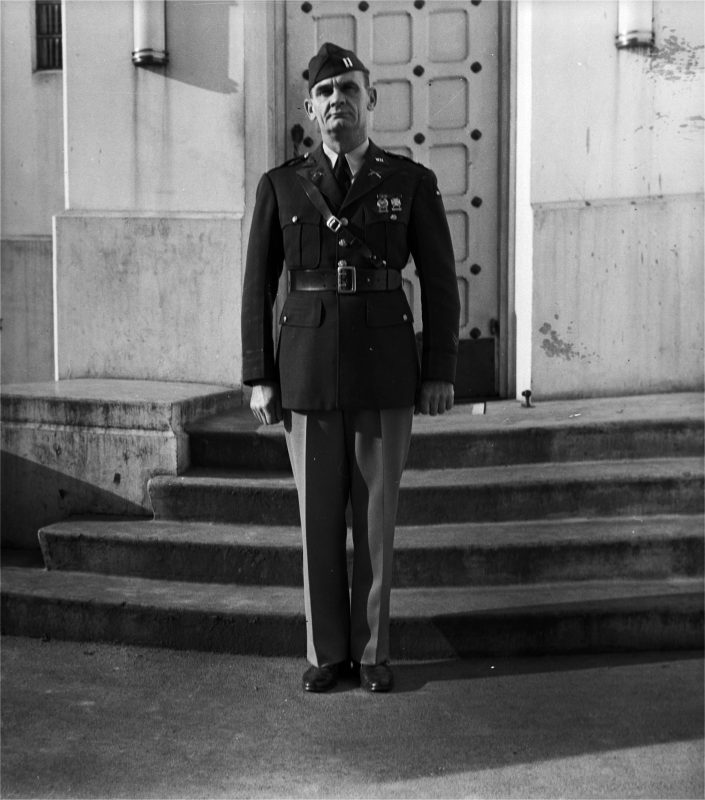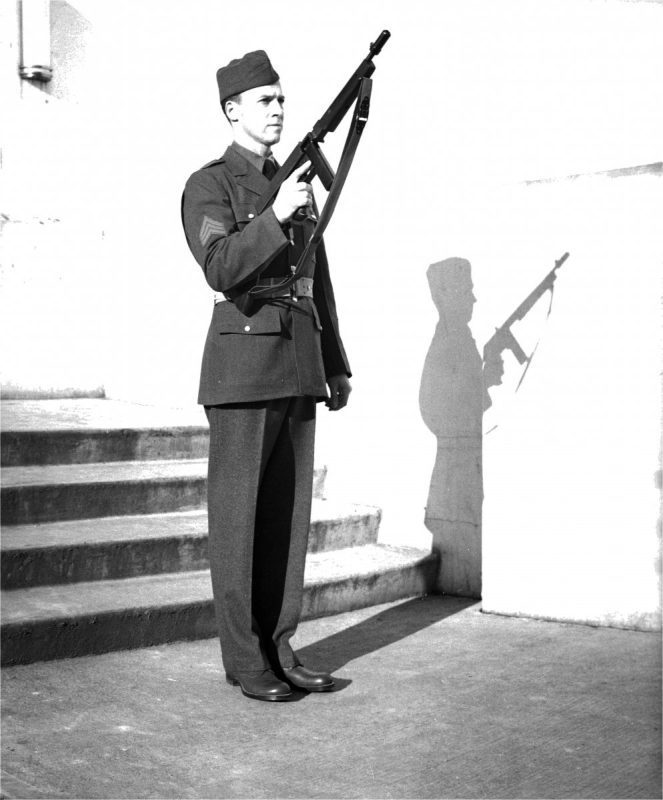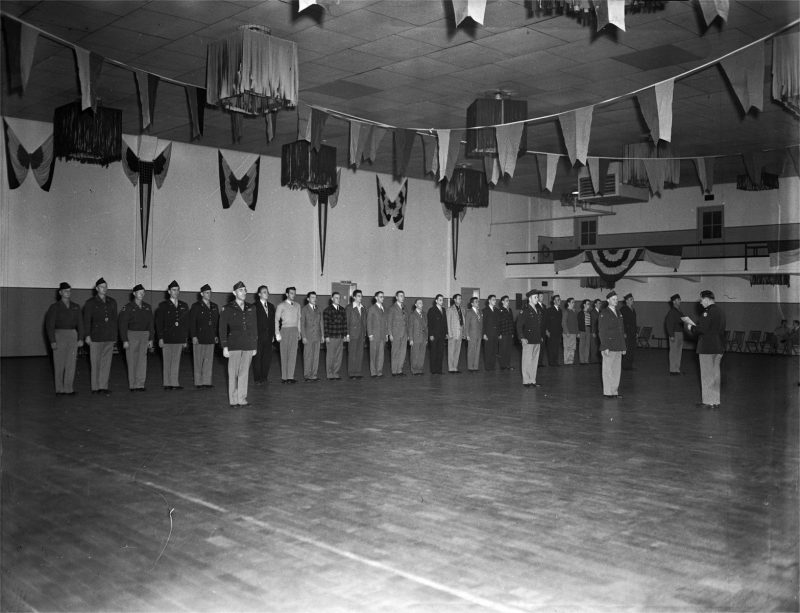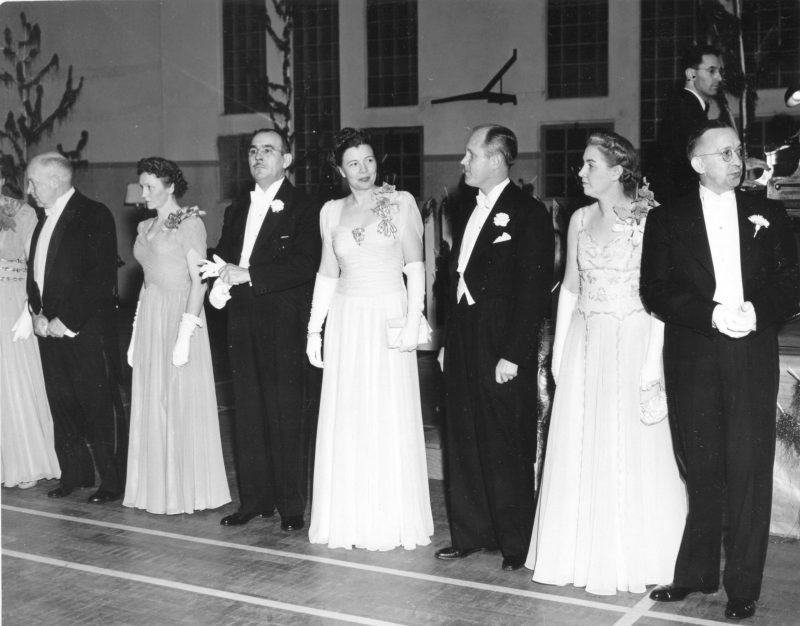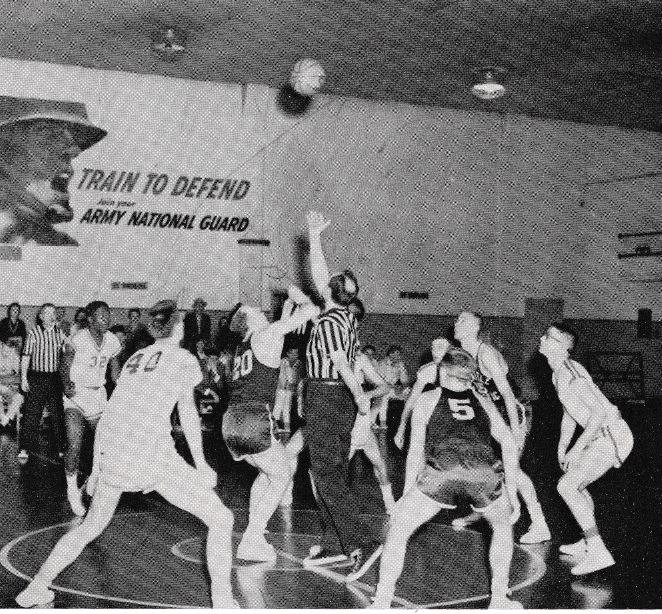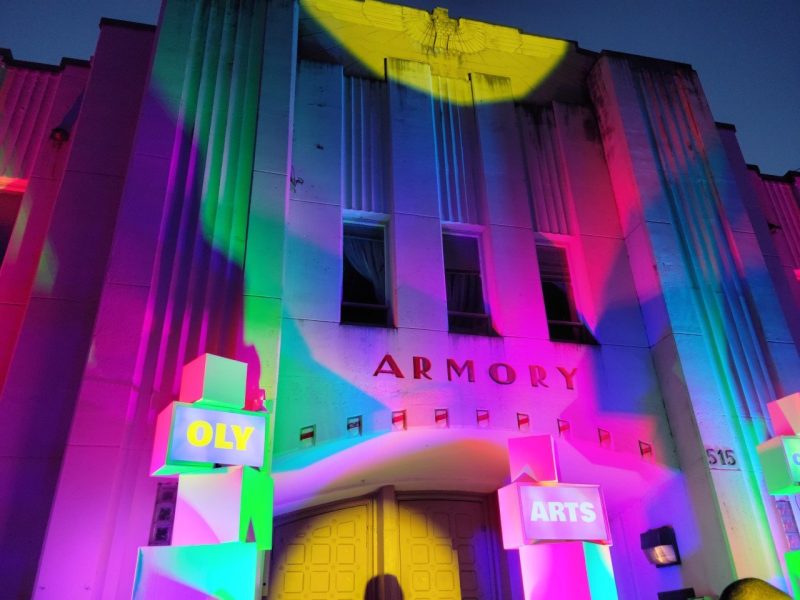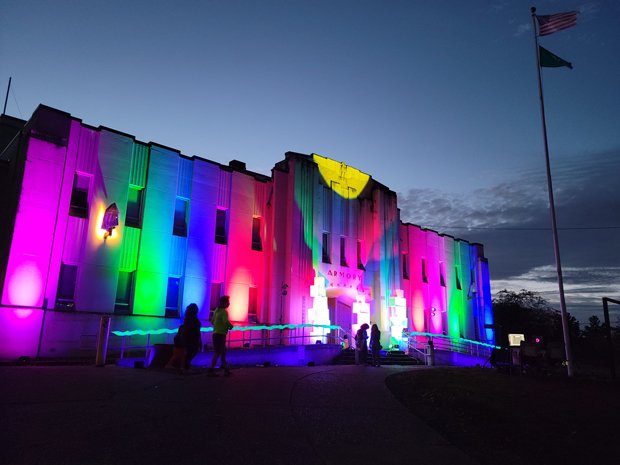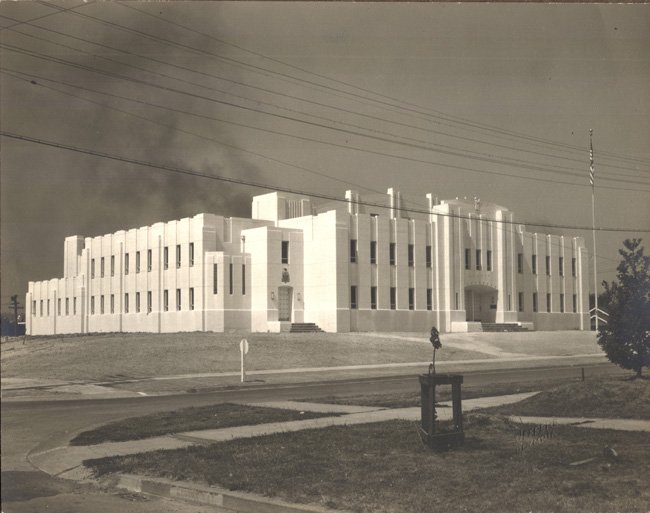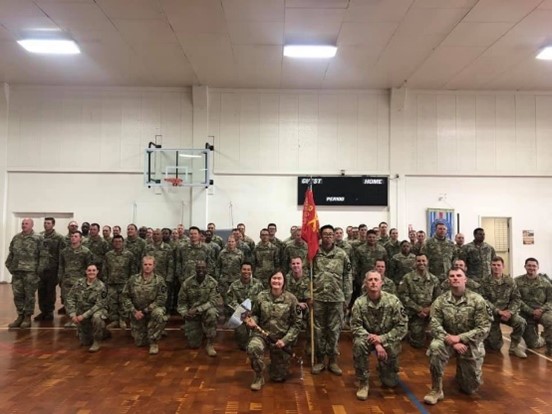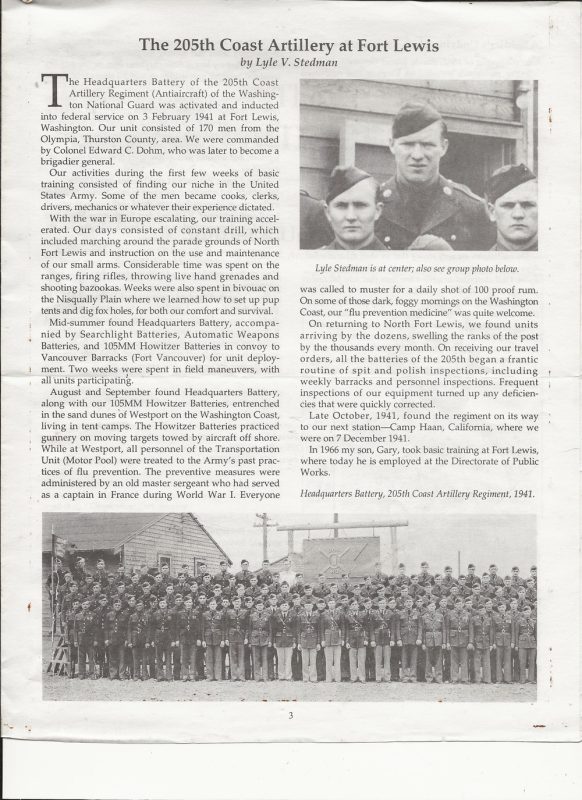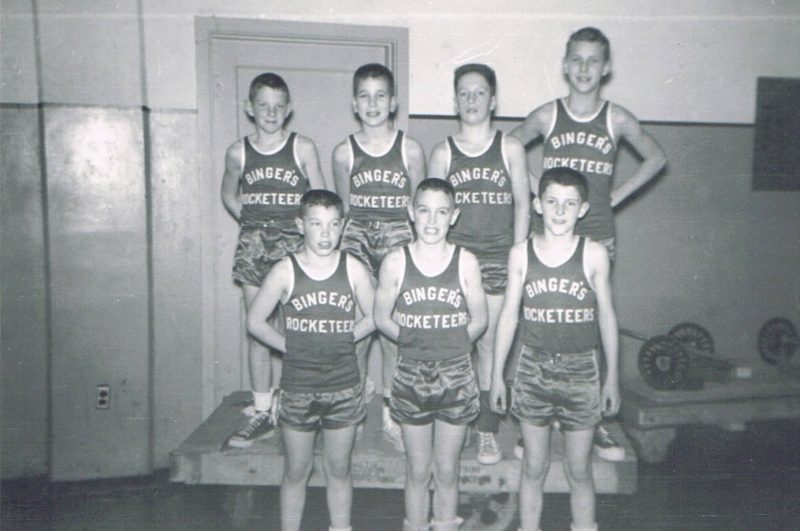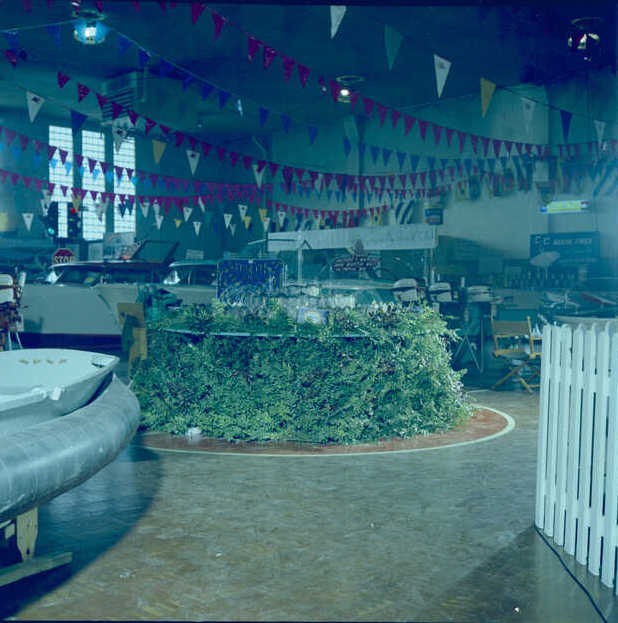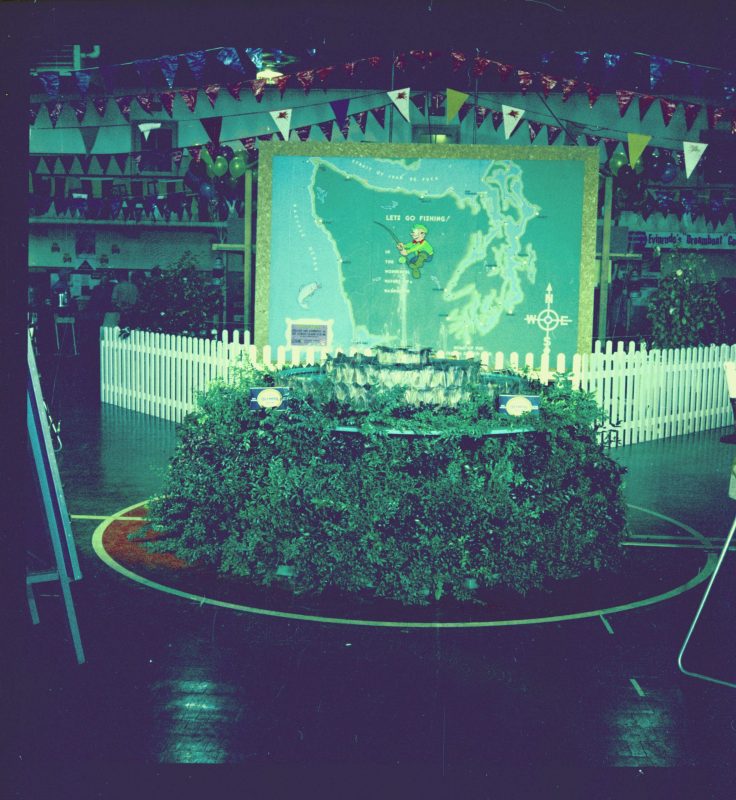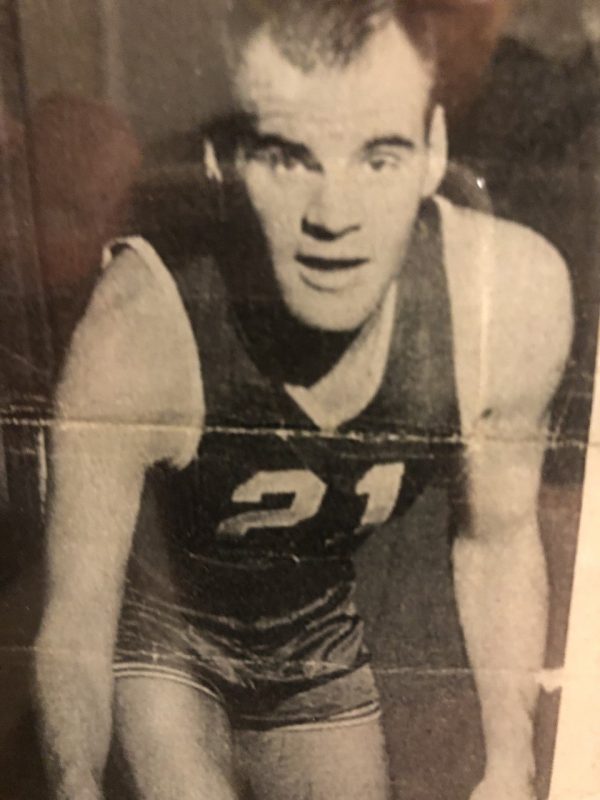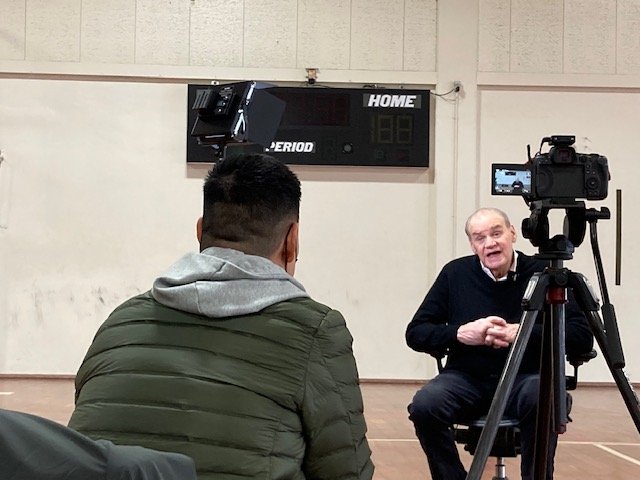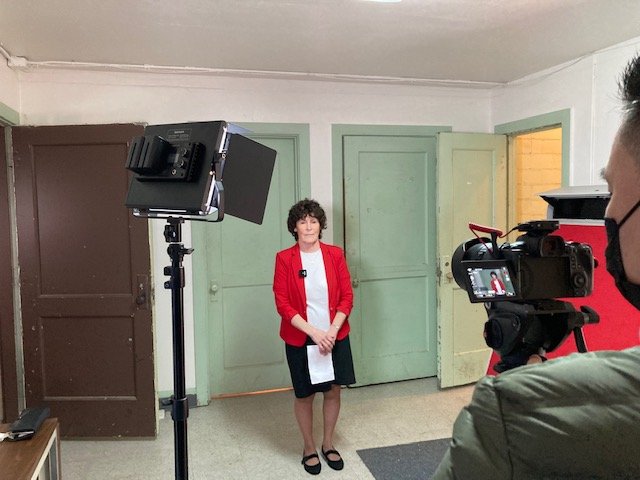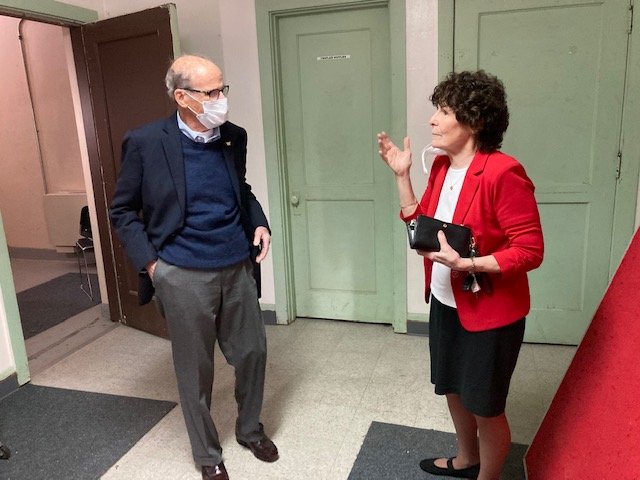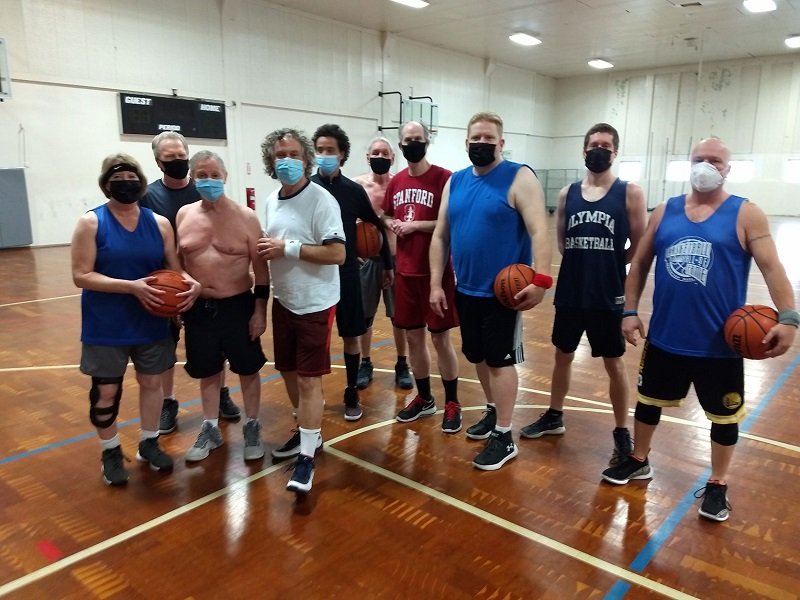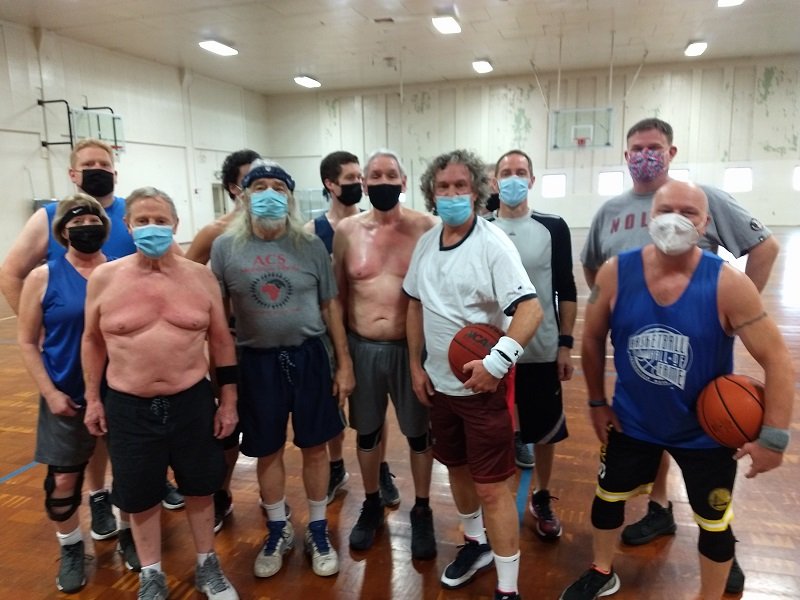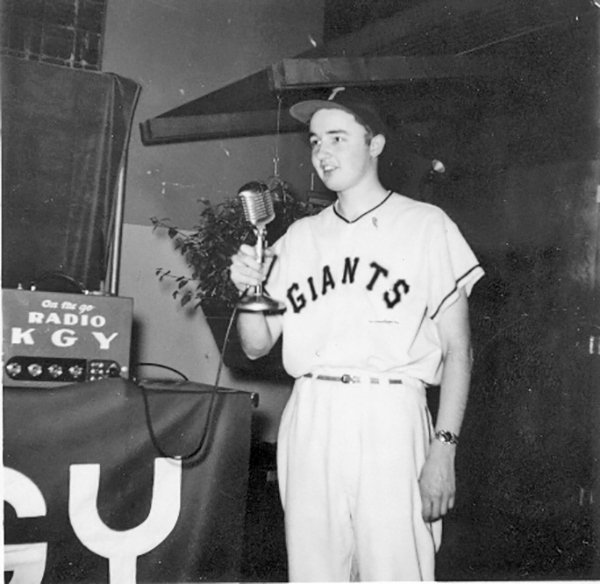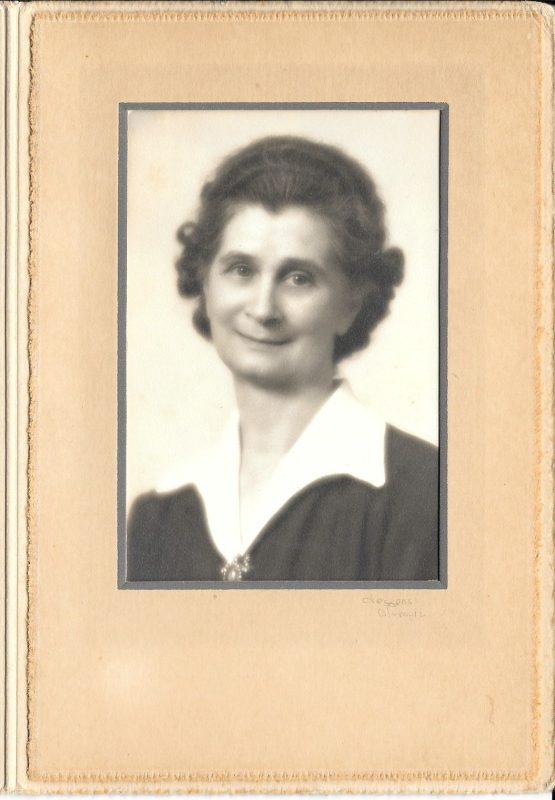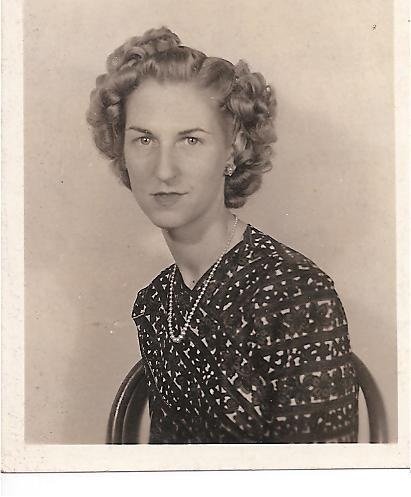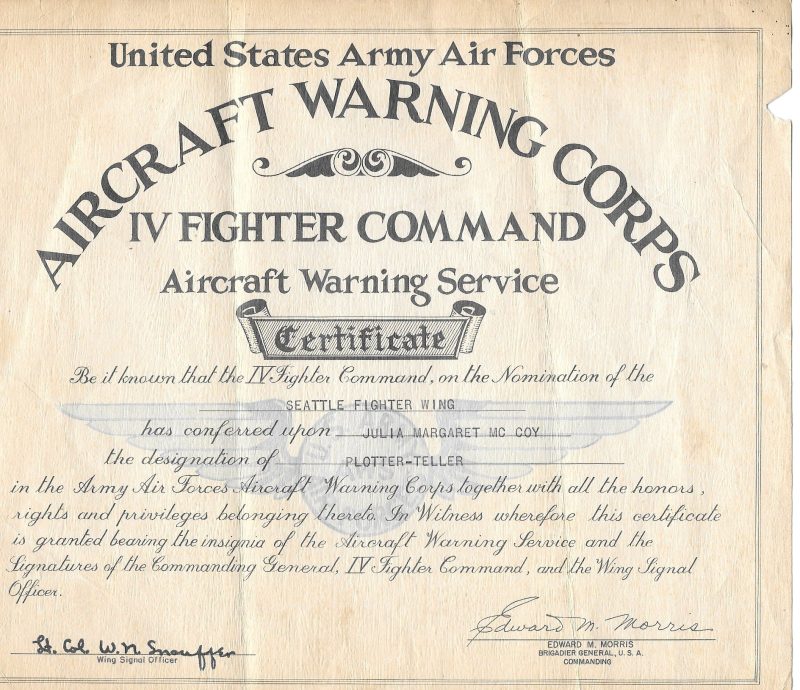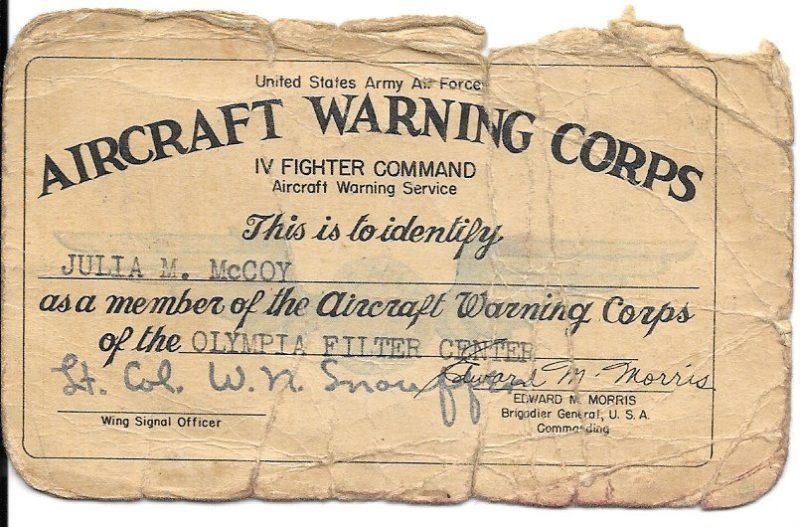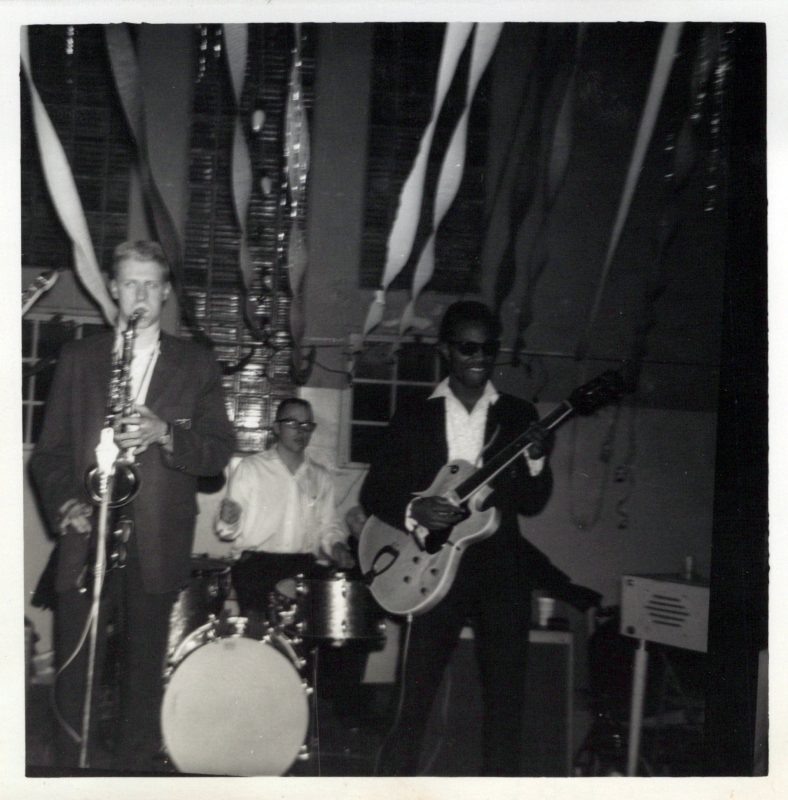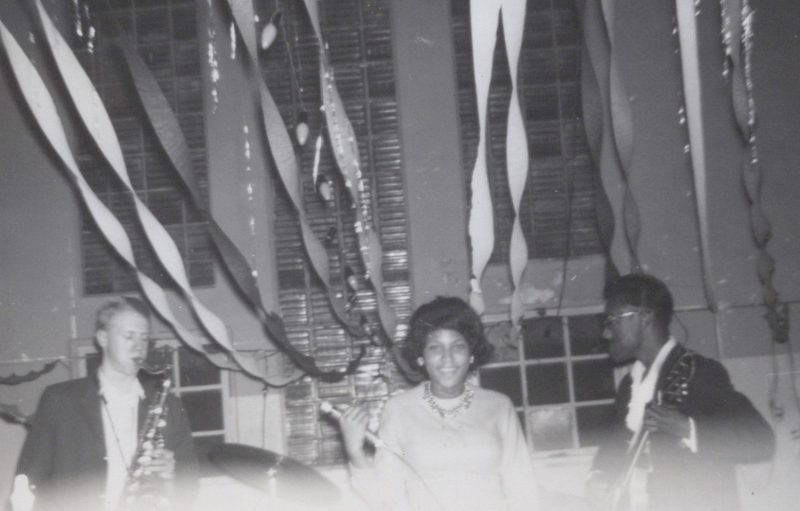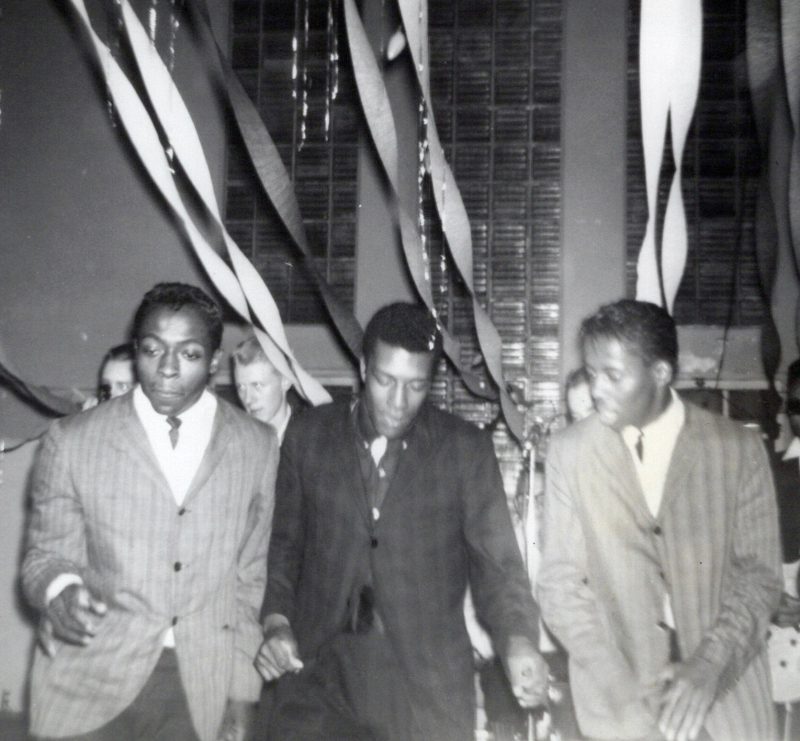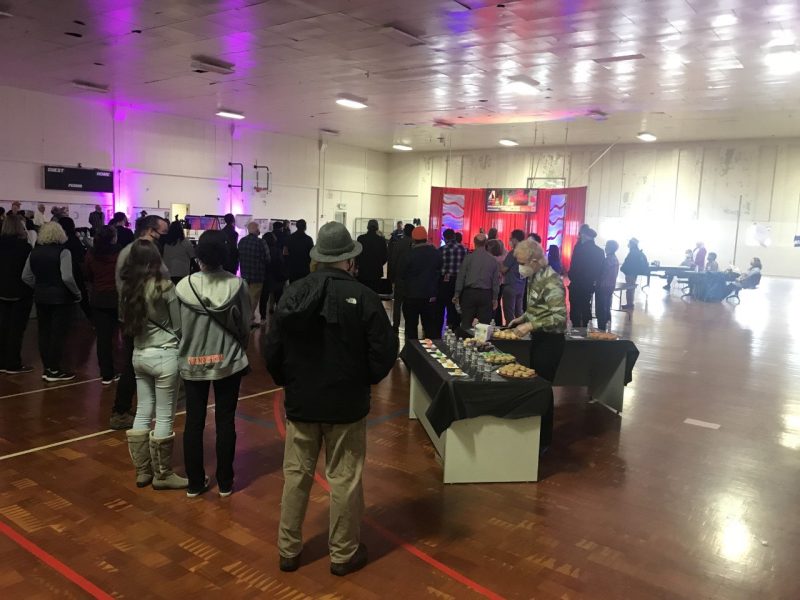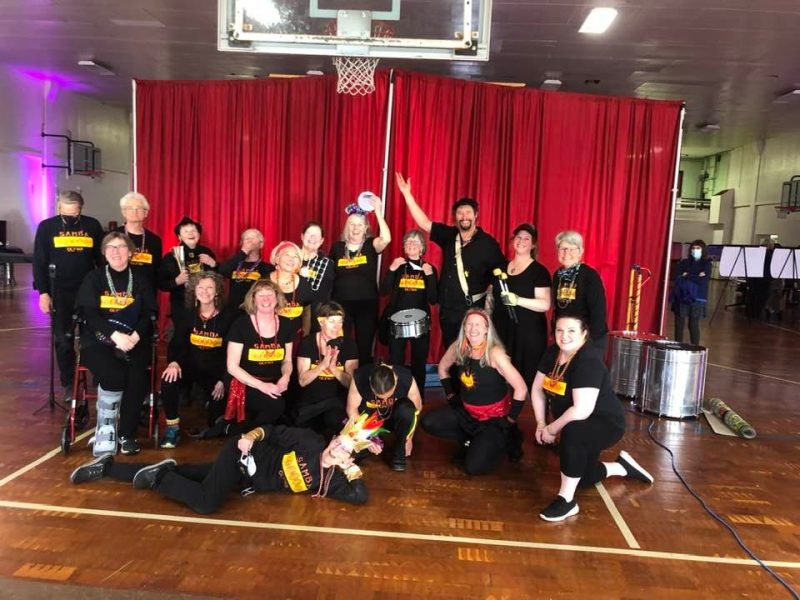“When Lyle joined the 205th Coast Artillery (Washington Army National Guard), in May 1940 (Service number: 20951209), the Stedman Family (Francis “Frank” & Edna Haverfield Stedman), was living on Tumwater Hill.
The 205th was inducted into the Active Army in February 1941. At that time the 205th was stationed at Camp Haan (a US Army training camp built in 1940, near March Air Force Base in Riverside), California when Pearl Harbor was bombed.
Lyle’s duty stations followed in: Los Angles, California; El Paso, Texas; Ontario Air Field, California; Camp Cooke (today Army Space Command at Vandenberg Air Force Base), California; and Hawaii: Pearl Harbor; Camp Hase (Located on the eastern portion of the Mokapu Peninsula in Honolulu County, Oahu; Kaneohe Bay (on the Mokapu Peninsula of windward Oahu in the City & County of Honolulu; Moanalua Gardens, (in the Moanalua district near Tripler Army Medical Center); Fort Shafter & Schofield Barracks (west of Honolulu); and Fort Kam (Fort Kamehamehea, an old artillery base created to defend Honolulu and Hickam Air Force Base).
When he left Hawaii (and the Army), in 1946, Lyle was a Master Sergeant (E-7), and Acting Sergeant Major. He returned to Eugene, Oregon where my mother (Melba A. Pittsley Stedman was living with her Parents, Benjamin and Nora Syverson Pittsley, and Lyle and Melba’s children: James (born 1944); Gary (born 1945); and Stephen (born 1946). My grandfather, Benjamin Pittsley, a tool and die maker, worked at Pearl Harbor during the war, repairing Navy ships damaged during the attack on Pearl Harbor.
My grandfather Frank Stedman, was a civilian shipyard worker during WWII, at the Tacoma Shipyards, working on the construction of “Liberty Ships”. Frank’s sons Lyle Stedman (Army) and Dale Stedman (Navy), served in WWII. Frank’s daughter, Lola Stedman Cleek, was a shipyard welder on Liberty ships during WWII. Frank’s sons-in-laws: Henry J. Bittmann (Navy), John A. Johnson (Army), Joseph H. Pierre (Navy), Vernon O. Starnes (Army), James A. Jessing (Army Air Corps), and Charles Peterson (Navy), all served in WWII.”
Gary Stedman, after basic training at Fort Lewis, served in the U.S. Army (1966-1968), in the 2nd Infantry Division in South Korea (1967-1968), and served (as a civilian), at Fort Lewis/Joint Base Lewis-McChord (JBLM), 1984-2018.
